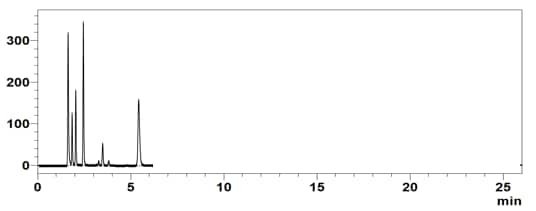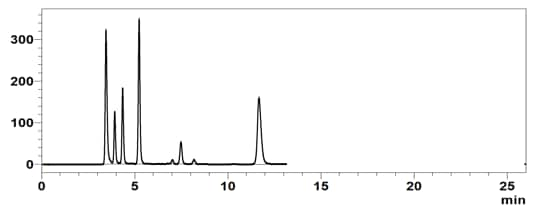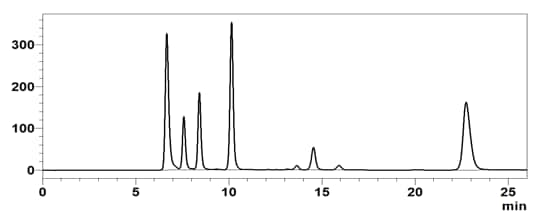UV vs Diode-Array (PDA) Detectors for (U)HPLC
HPLC vs UHPLC - How to Choose?
Once the decision has been made to purchase an HPLC system, the next decision is to choose between HPLC or ultra-high-performance liquid chromatography (UHPLC) as they each have their own advantages and disadvantages. It should be noted that Shimadzu HPLC and UHPLC can both be obtained in integrated or modular formats.
A goal-oriented approach to choosing an HPLC system demands that we ask some questions about our “performance goals” for our applications:
- How complex is my sample analysis?
- What are the key analytes that I have to determine?
- What kind of sample throughput (how many runs in a day) can I be satisfied with?
- What kind of sensitivity do I need for the analysis?
- Do I need the system to be versatile or will I dedicate the instrument to one analysis?
- How much money is in my budget for the instrument?
- What is more important, ruggedness and economy or the specific separation?
Think of chromatographic efficiency as how many peaks you can separate in a given time frame. High efficiency chromatography separates the maximum number of peaks in the shortest time frame. To do that, the choice of LC column becomes important and the system hardware must be “optimized” to allow the column to deliver that kind of performance. In general, UHPLC has the ability to separate sample constituents in a shorter timeframe—we consider it to be higher efficiency chromatography, owing to the use of smaller particle LC columns (1.7 to 3 µm). Chromatographic peaks in UHPLC are narrower and sample throughput is higher. However, there are other factors which must be considered.
| Application Goal | Optimum LC Column Particle Size | System Pressure Tolerance | Chromatogram Run Time | System |
|---|---|---|---|---|
UHPLC
|
1.7 - 5 µm | XS 105 MPa 15,000 PSI X3 130 MPa 19,000 PSI |
 |
|
UHPLC
|
3- 5 µm | 66 MPa 10,000 PSI |
 |
|
Conventional HPLC
|
5 µm | 42 MPa 6,000 PSI |
 |
|
Based on this information the consumer might choose UHPLC because of the efficiency of the resulting separation.
For the novice user, HPLC is a more robust, rugged methodology. The robustness/ruggedness of an analytical procedure is a measure of its ability to remain unaffected by small, but deliberate variations in method parameters and further indicates its reliability during normal usage. Because of the robustness of HPLC, a technician of limited experience could be utilized in place of the higher-experienced chemist for operation, sample preparation, and maintenance. Conversely, UHPLC demands that the highest quality solvents (UHPLC or LCMS grade) be used and that samples be religiously filtered of particulates. UHPLC, while powerful, is far less forgiving than HPLC in this regard.
Beside robustness, capital cost and operating cost for HPLC are lower. Instrument cost for HPLC are approximately 20% lower than the UHPLC. The reduced operating cost include utilizing HPLC grade solvents instead of higher cost UHPLC or LCMS grade solvents. Finally, the maintenance frequency for HPLC is lower as well, resulting in a 30-50% reduction in consumables costs (e.g. seals, plungers, autosampler injection valve rotor & stator).



